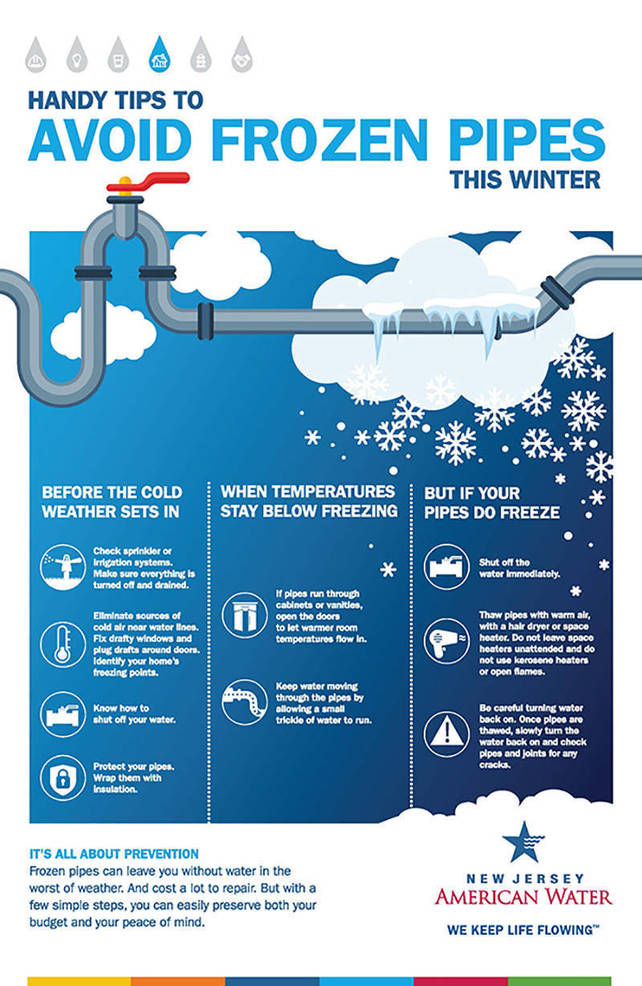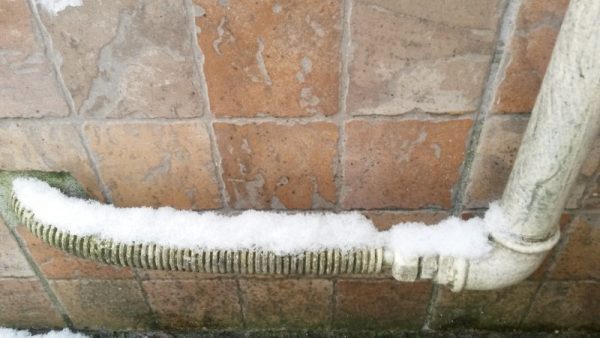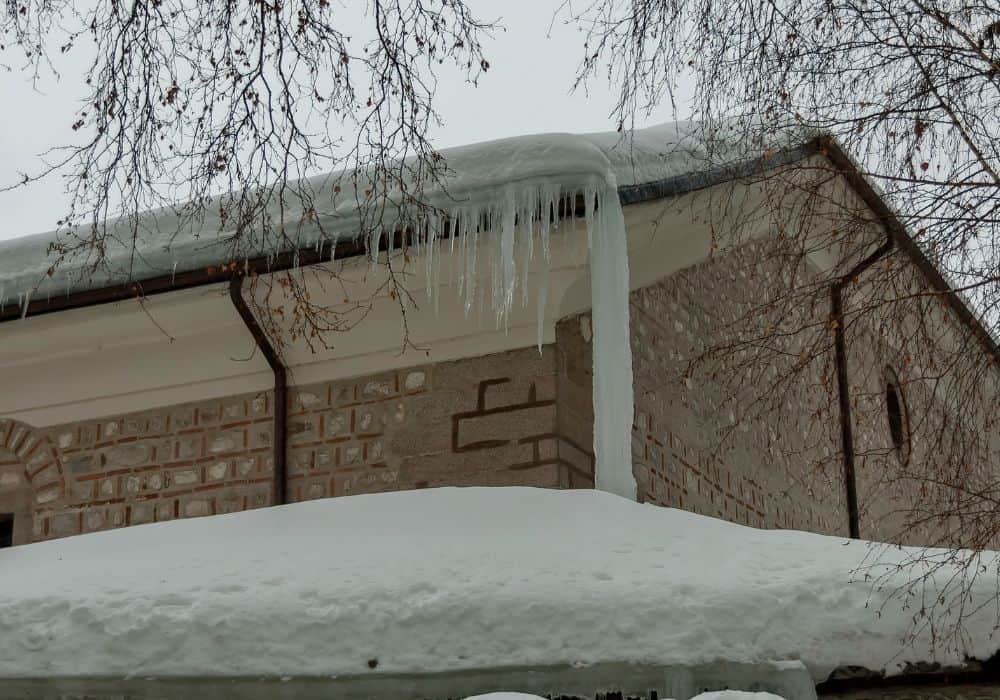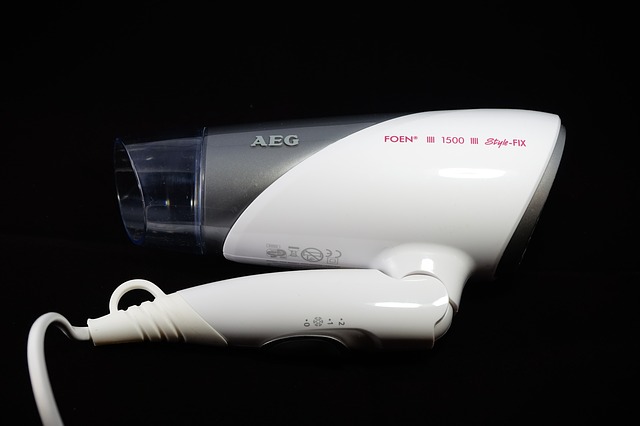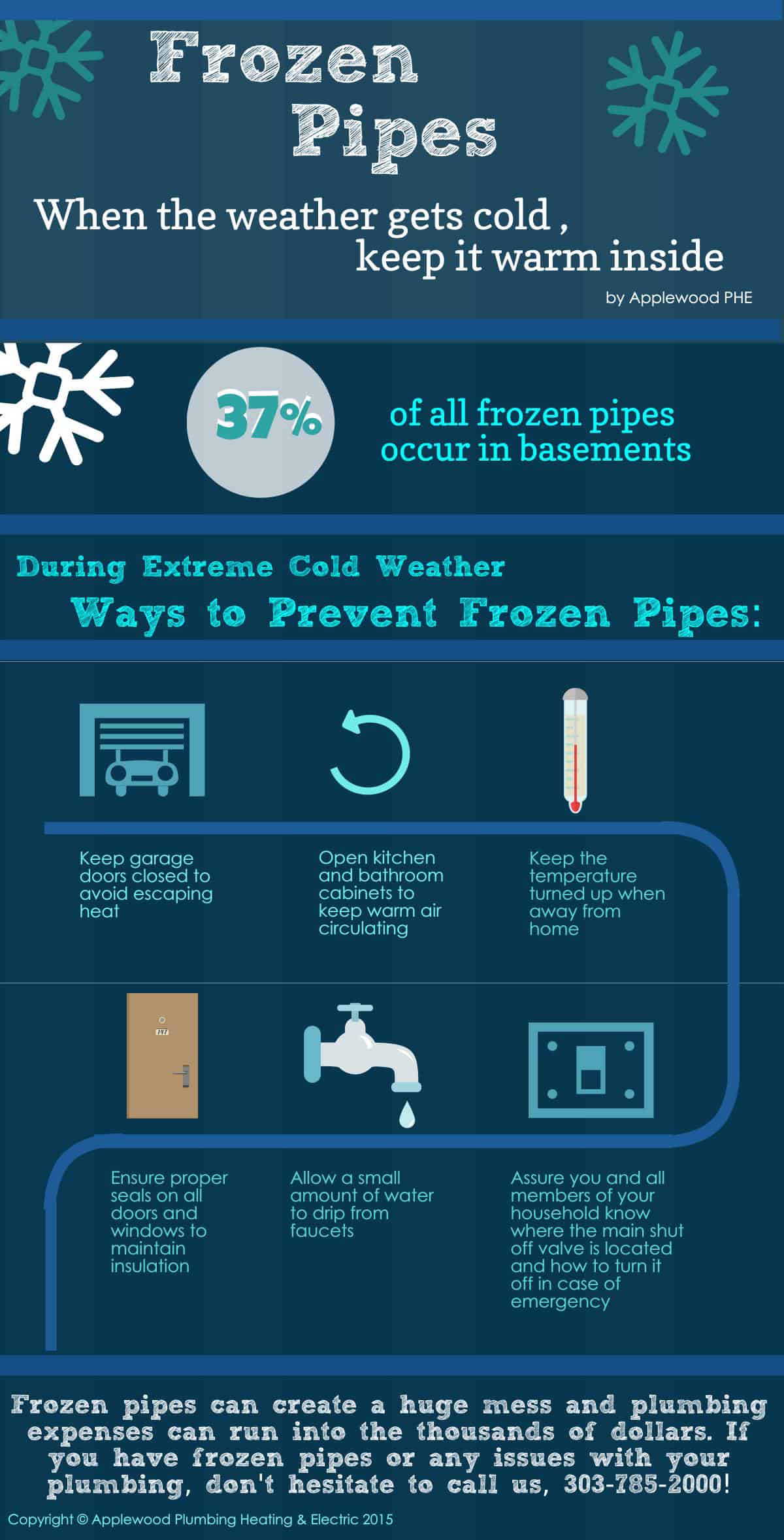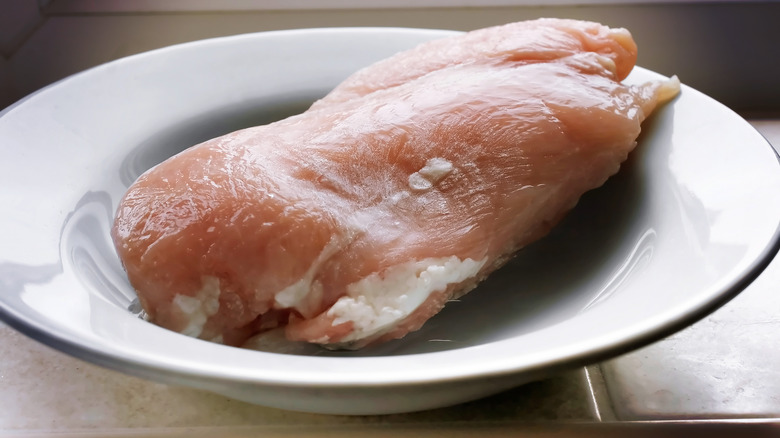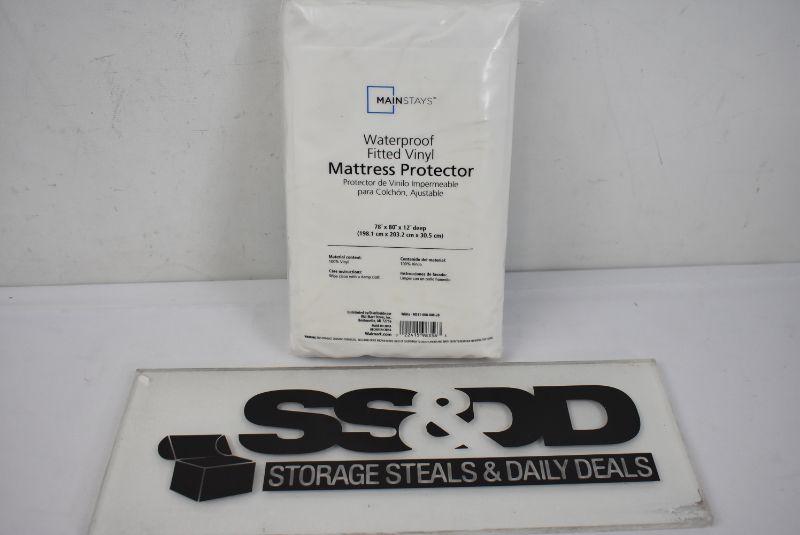Frozen pipes in your bathroom sink can be a major inconvenience and can even lead to costly repairs. If you find yourself in this situation, don't panic. There are several methods you can use to safely and effectively thaw your frozen pipes. Here are some steps you can take to get your bathroom sink pipes flowing again. How to Thaw Frozen Pipes in Your Bathroom Sink
Prevention is the best way to avoid dealing with frozen pipes in your bathroom sink. Before the colder months arrive, make sure to properly insulate your pipes. You can use pipe insulation or even wrap towels or blankets around the exposed pipes. Additionally, keep your bathroom sink cabinet doors open to allow warm air to circulate around the pipes. Running a small trickle of water from your faucet can also help prevent freezing. How to Prevent Frozen Pipes in Your Bathroom Sink
There are a few common reasons why your bathroom sink pipes may freeze. One of the main causes is exposure to cold temperatures. If your pipes are located in an unheated area, such as a basement or crawl space, they are more susceptible to freezing. Another cause could be poor insulation or lack of insulation altogether. Common Causes of Frozen Pipes in Bathroom Sinks
If you suspect that your bathroom sink pipes are frozen, there are a few signs to look out for. The most obvious sign is when no water comes out of your faucet. You may also notice reduced water pressure or strange noises coming from your pipes. If you notice any of these signs, it's important to take action before the frozen pipes cause more damage. Signs of Frozen Pipes in Your Bathroom Sink
If you're dealing with frozen pipes in your bathroom sink, there are a few DIY methods you can try to thaw them. One method is to use a hairdryer. Simply aim the hairdryer at the frozen area and slowly move it back and forth until the pipes thaw. You can also use hot water bottles or heating pads to gently warm the pipes. DIY Methods for Thawing Frozen Bathroom Sink Pipes
If the DIY methods don't work or if you're not comfortable trying them, it's best to call a professional plumber. They have the proper equipment and expertise to safely thaw your frozen pipes. They can also inspect your pipes for any damage and make any necessary repairs. Professional Solutions for Frozen Bathroom Sink Pipes
To prevent your bathroom sink pipes from freezing in the future, it's important to properly insulate them. You can use foam or rubber pipe insulation, which can easily be found at hardware stores. Make sure to cover all exposed pipes, including those in unheated areas. You can also use heat tape or electric heating cables for added protection. Tips for Insulating Bathroom Sink Pipes to Prevent Freezing
If your pipes are already frozen, it's important to act quickly. Turn off the water supply to your bathroom sink to prevent any further damage. You can also open up the faucet to relieve any pressure in the pipes. Then, try one of the DIY methods mentioned earlier or call a professional plumber for assistance. What to Do if Your Bathroom Sink Pipes are Frozen
If you're using a hairdryer to thaw your frozen bathroom sink pipes, it's important to do so safely. Make sure to keep the hairdryer away from any water and to use an outlet with a ground fault circuit interrupter (GFCI). You should also avoid using an extension cord and be cautious not to overheat the pipes. How to Safely Use a Hairdryer to Thaw Frozen Bathroom Sink Pipes
When attempting to thaw your frozen bathroom sink pipes, there are a few common mistakes you should avoid. These include using an open flame, such as a blowtorch, which can be dangerous and cause damage to your pipes. It's also important not to use hot water, as this can cause the pipes to burst due to the sudden change in temperature. Common Mistakes to Avoid When Thawing Frozen Bathroom Sink Pipes
Why Are Frozen Bathroom Sink Pipes a Common Issue for Homeowners?

The Dangers of Frozen Pipes
 One of the most dreaded issues for homeowners during the winter season is
frozen bathroom sink pipes
. This phenomenon occurs when the temperature drops below freezing, causing the water in the pipes to freeze and expand. This expansion can lead to cracked or burst pipes, resulting in costly repairs and potential water damage to your home. Not only can frozen pipes disrupt your daily routine, but they can also pose a safety hazard if left untreated. So, why do bathroom sink pipes freeze more often than other pipes in the house?
One of the most dreaded issues for homeowners during the winter season is
frozen bathroom sink pipes
. This phenomenon occurs when the temperature drops below freezing, causing the water in the pipes to freeze and expand. This expansion can lead to cracked or burst pipes, resulting in costly repairs and potential water damage to your home. Not only can frozen pipes disrupt your daily routine, but they can also pose a safety hazard if left untreated. So, why do bathroom sink pipes freeze more often than other pipes in the house?
The Location of Bathroom Sink Pipes
 Bathroom sink pipes
are more prone to freezing than other pipes in your house because of their location. Most bathroom sinks are located against an exterior wall, making them more susceptible to cold temperatures. Unlike pipes that are located within the walls of your home, bathroom sink pipes are directly exposed to the cold air outside. This increases the chances of them freezing, especially during extreme winter weather conditions.
Bathroom sink pipes
are more prone to freezing than other pipes in your house because of their location. Most bathroom sinks are located against an exterior wall, making them more susceptible to cold temperatures. Unlike pipes that are located within the walls of your home, bathroom sink pipes are directly exposed to the cold air outside. This increases the chances of them freezing, especially during extreme winter weather conditions.
Lack of Insulation
 Another factor that contributes to frozen bathroom sink pipes is the lack of insulation. Pipes that are located within the walls of your home are typically insulated, providing them with some protection against the cold. However, bathroom sink pipes that are exposed beneath the sink are often left uninsulated. This lack of insulation makes them more vulnerable to freezing, especially in colder regions.
Another factor that contributes to frozen bathroom sink pipes is the lack of insulation. Pipes that are located within the walls of your home are typically insulated, providing them with some protection against the cold. However, bathroom sink pipes that are exposed beneath the sink are often left uninsulated. This lack of insulation makes them more vulnerable to freezing, especially in colder regions.
How to Prevent Frozen Bathroom Sink Pipes
:max_bytes(150000):strip_icc()/sink-pipe-under-wash-basin-119001607-6f28aec4c66944efb7a9a38cb622ab8b.jpg) Fortunately, there are steps you can take to prevent your bathroom sink pipes from freezing. The most effective way is to properly insulate the pipes using foam pipe insulation or heating tape. You can also leave the cabinet doors open to allow warm air to circulate around the pipes. Additionally, keeping a constant trickle of water running through the pipes can prevent them from freezing.
Fortunately, there are steps you can take to prevent your bathroom sink pipes from freezing. The most effective way is to properly insulate the pipes using foam pipe insulation or heating tape. You can also leave the cabinet doors open to allow warm air to circulate around the pipes. Additionally, keeping a constant trickle of water running through the pipes can prevent them from freezing.
Conclusion
 Dealing with frozen bathroom sink pipes is a common issue for homeowners, but it can be avoided with the right preventative measures. By understanding why these pipes freeze and taking the necessary precautions, you can avoid the inconvenience and potential damage caused by frozen pipes. Remember to always seek professional help if you are unsure about how to properly insulate or thaw your pipes. Don't let frozen bathroom sink pipes ruin your winter, take action to protect your home and keep your pipes running smoothly.
Dealing with frozen bathroom sink pipes is a common issue for homeowners, but it can be avoided with the right preventative measures. By understanding why these pipes freeze and taking the necessary precautions, you can avoid the inconvenience and potential damage caused by frozen pipes. Remember to always seek professional help if you are unsure about how to properly insulate or thaw your pipes. Don't let frozen bathroom sink pipes ruin your winter, take action to protect your home and keep your pipes running smoothly.









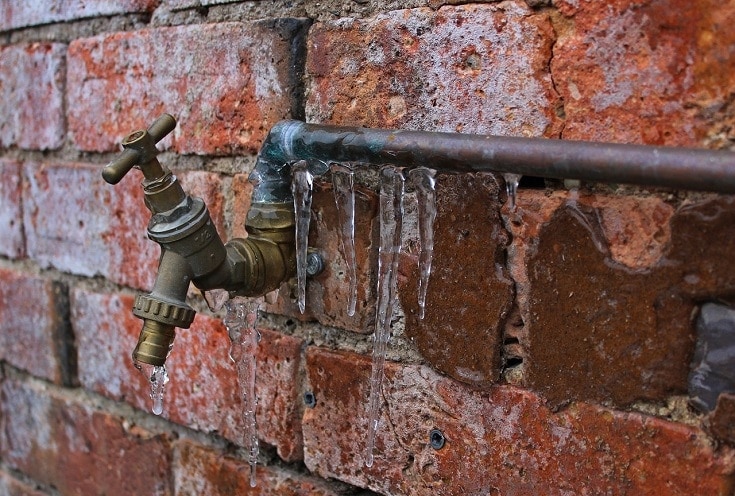
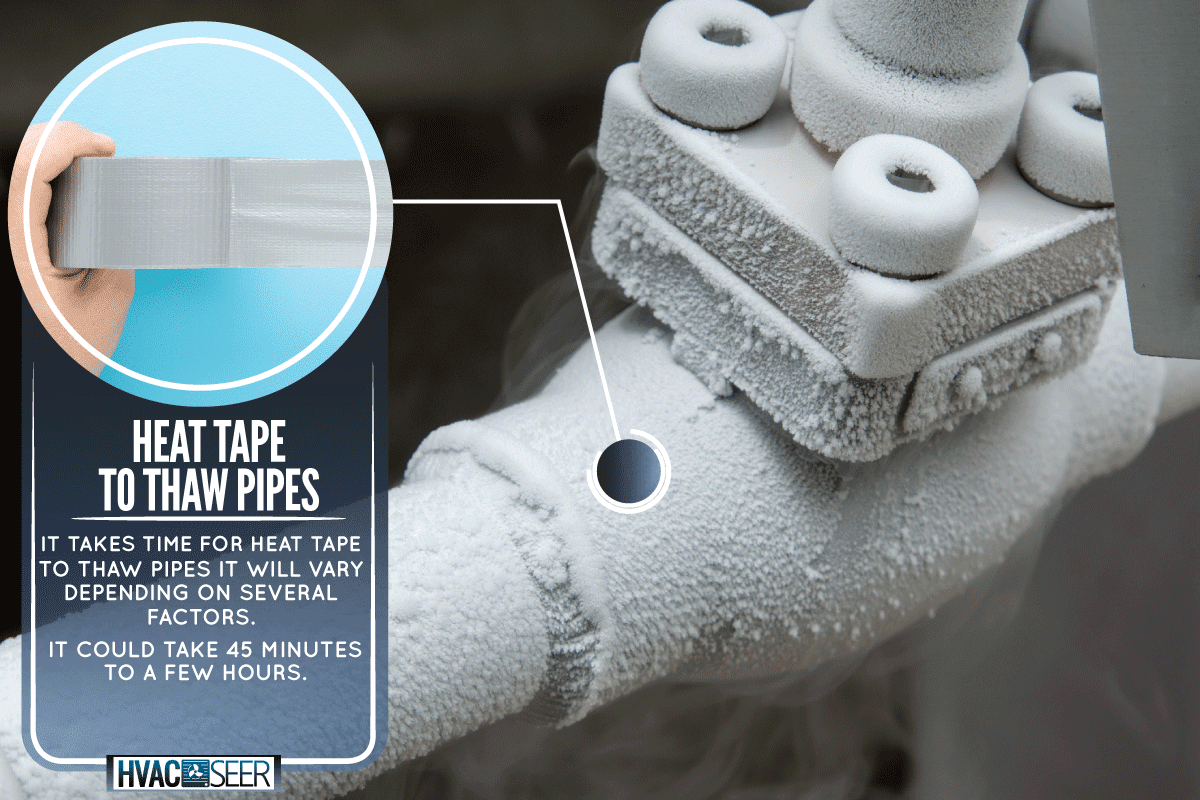



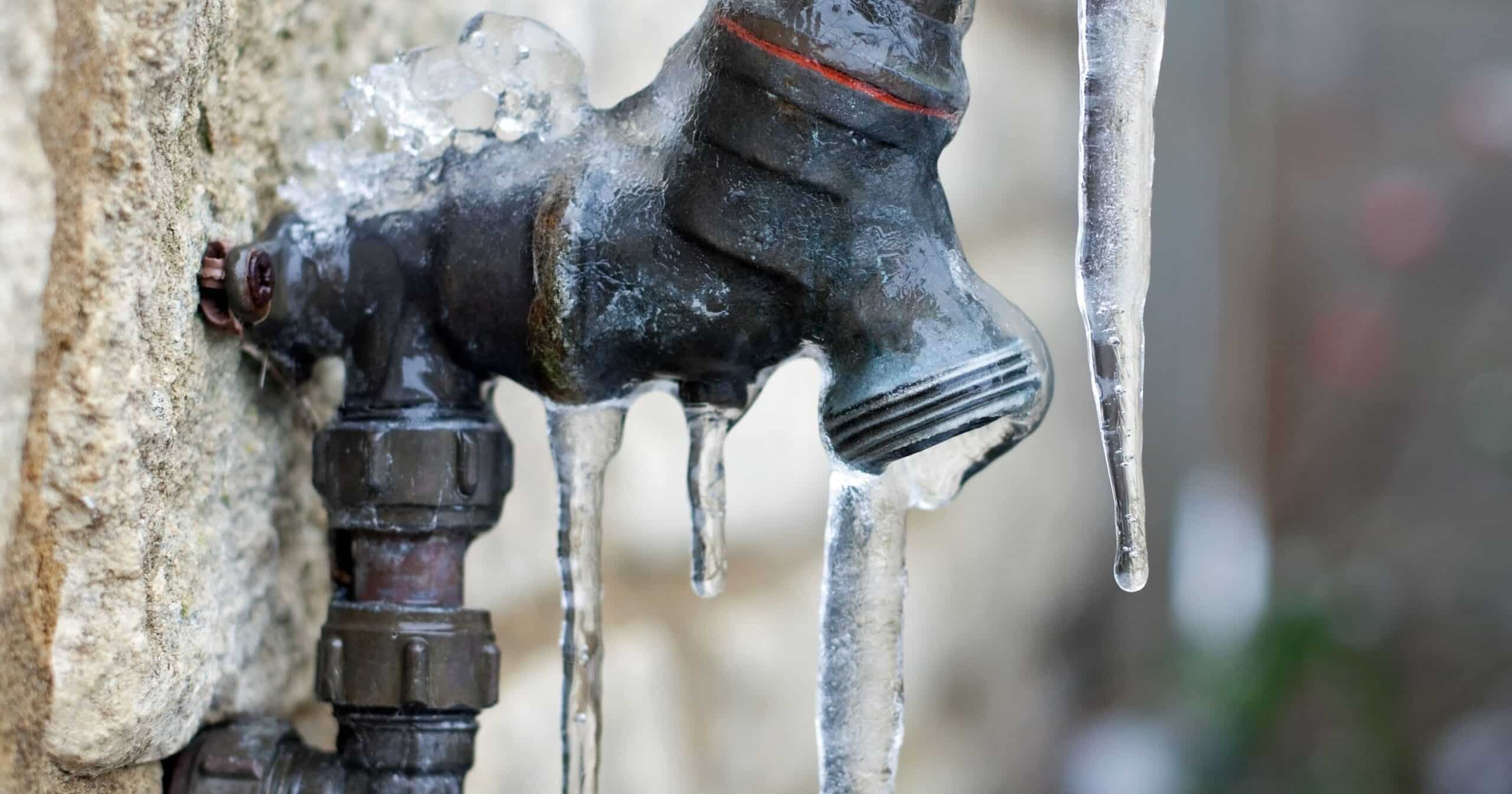


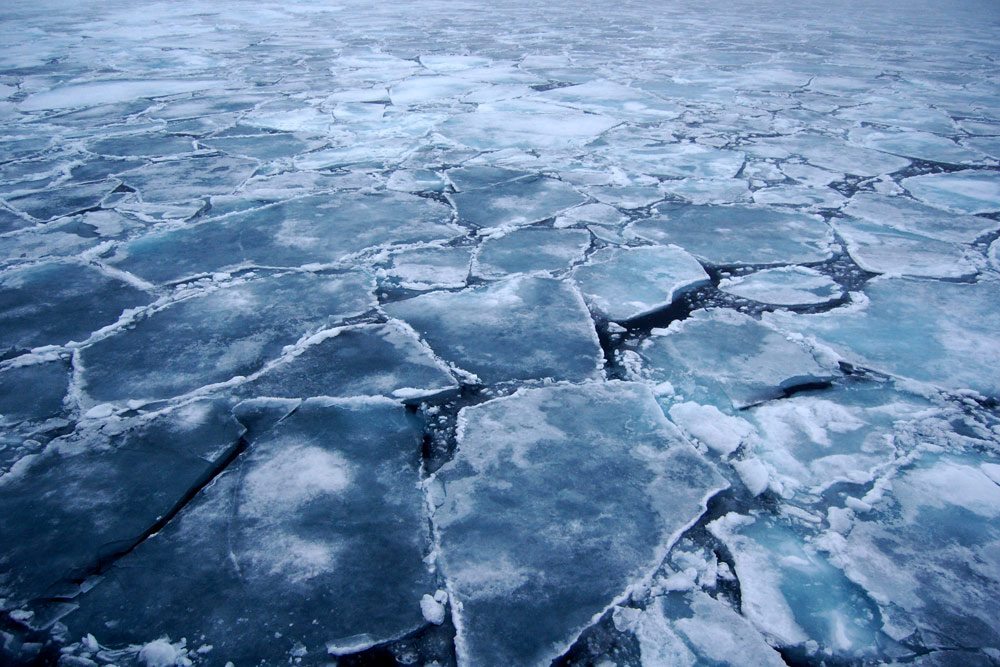




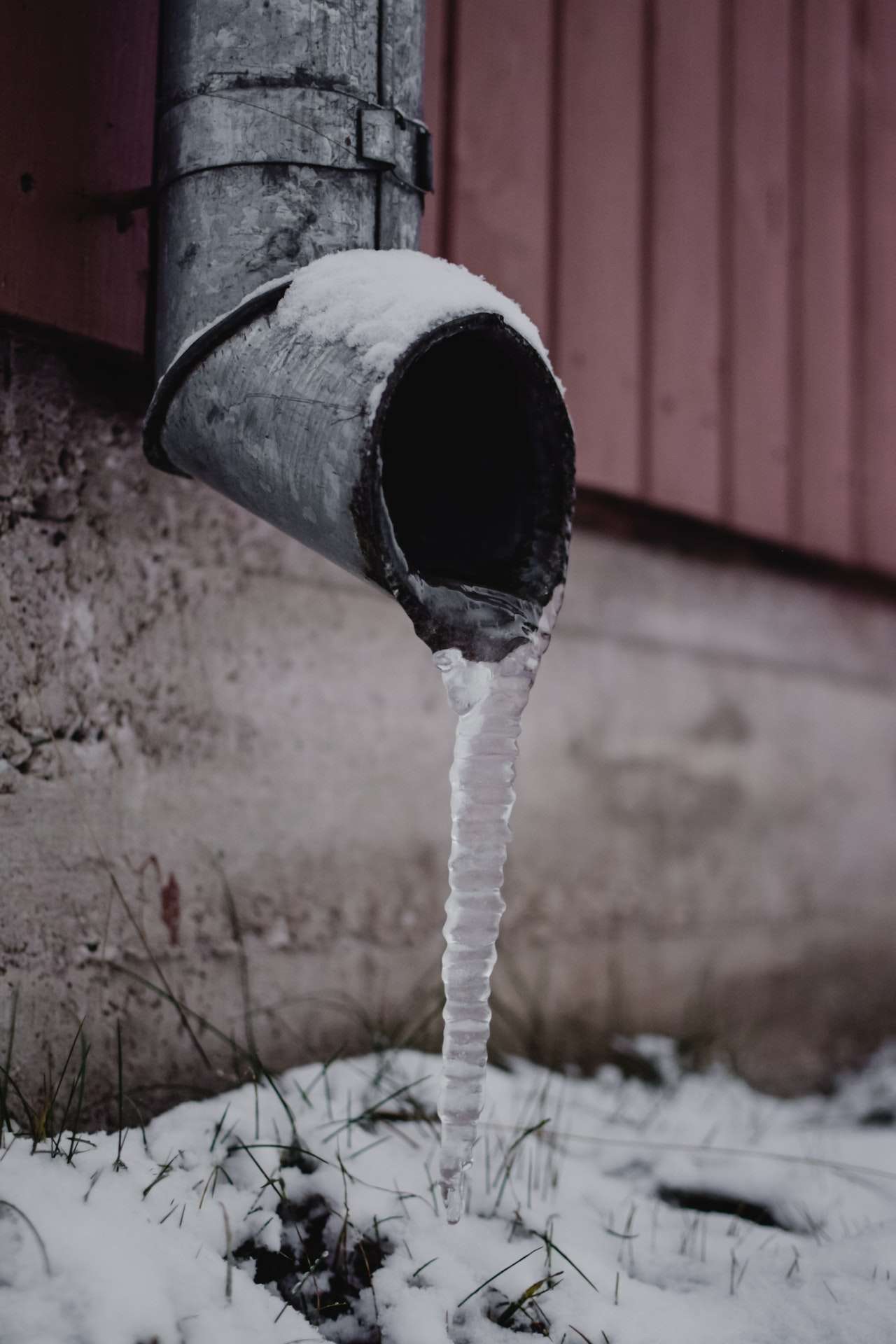
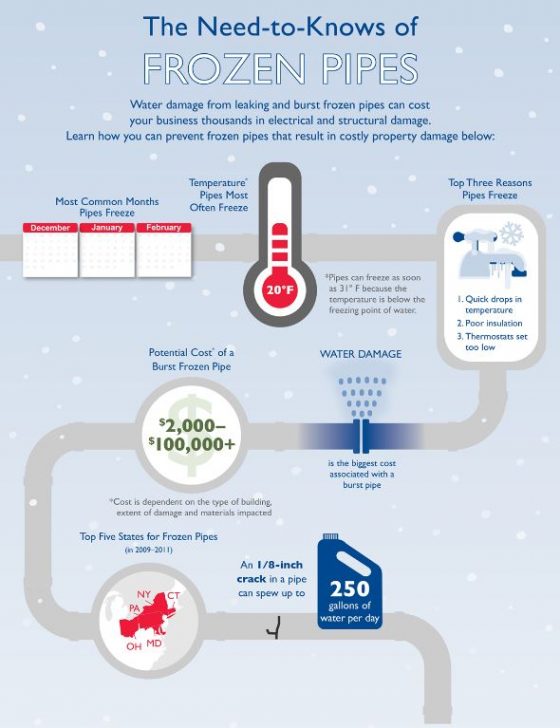



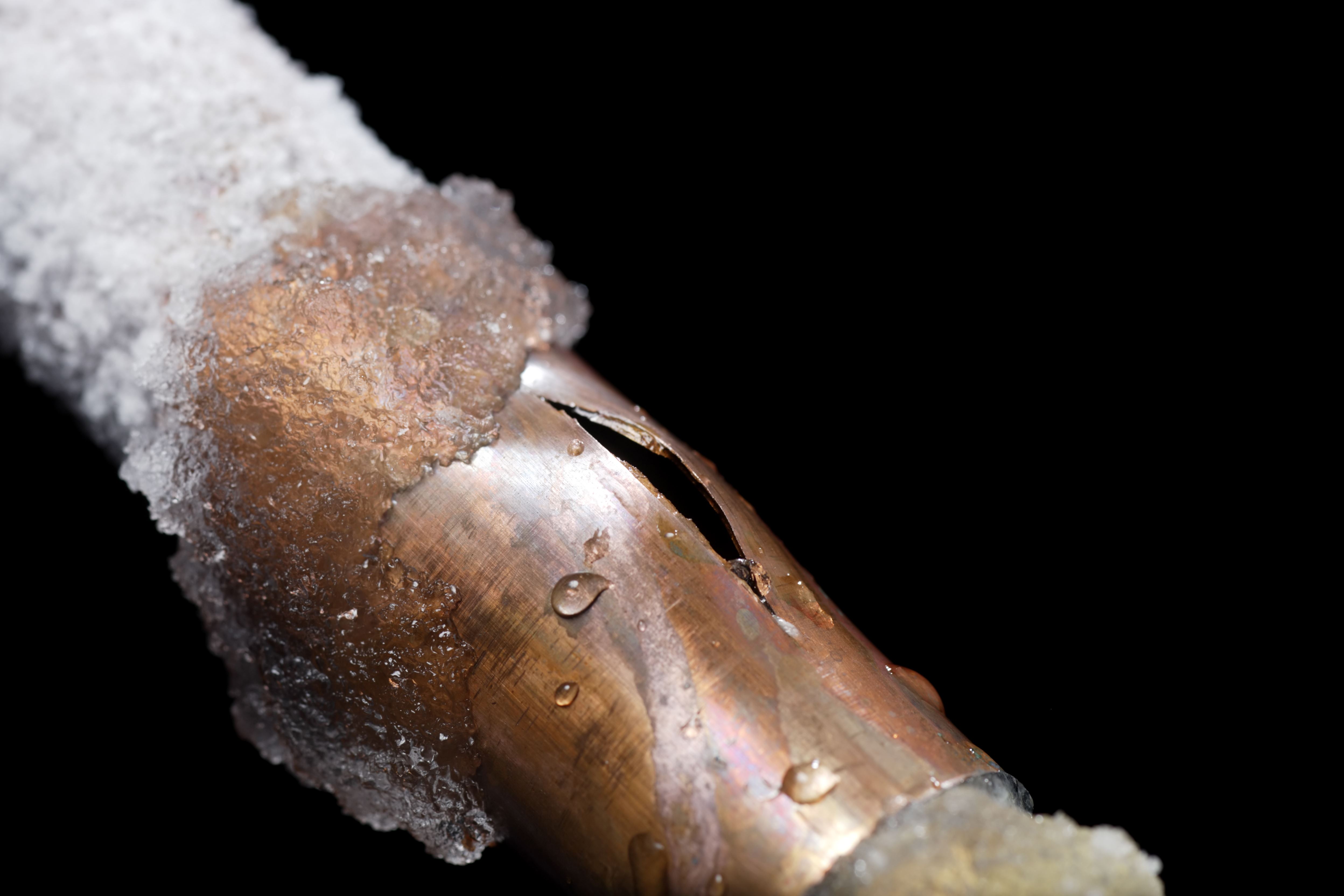
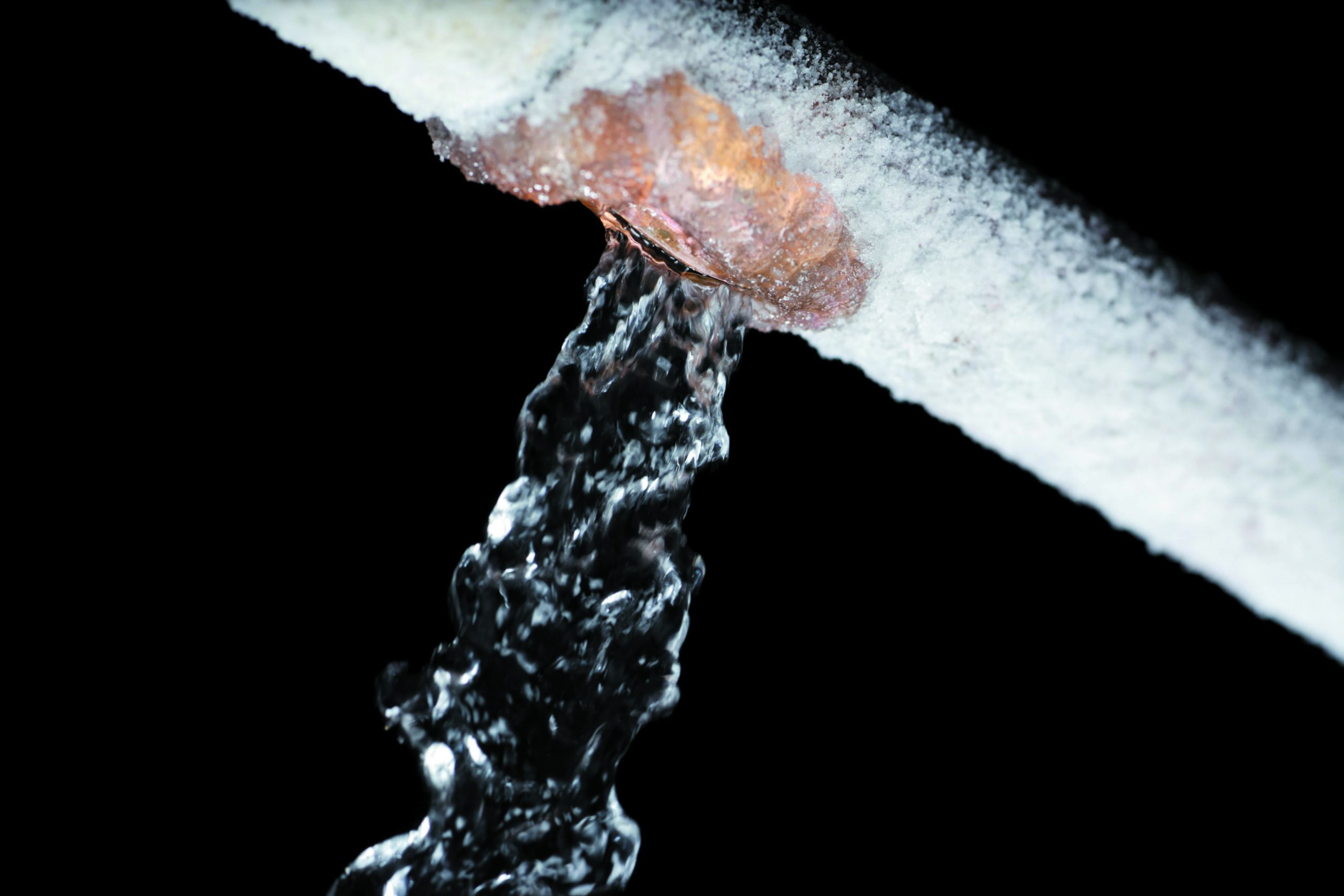
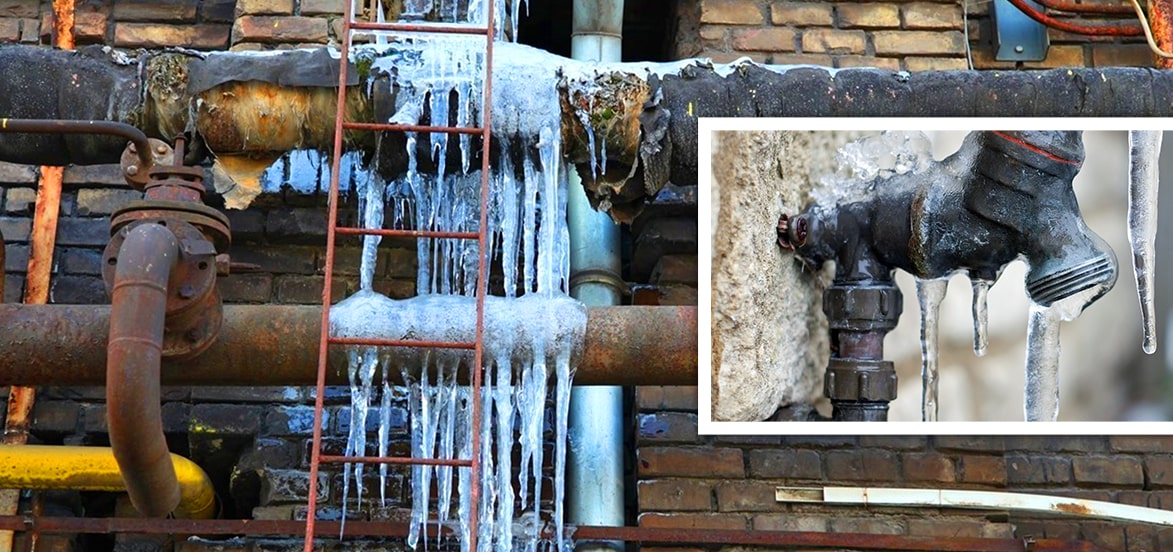




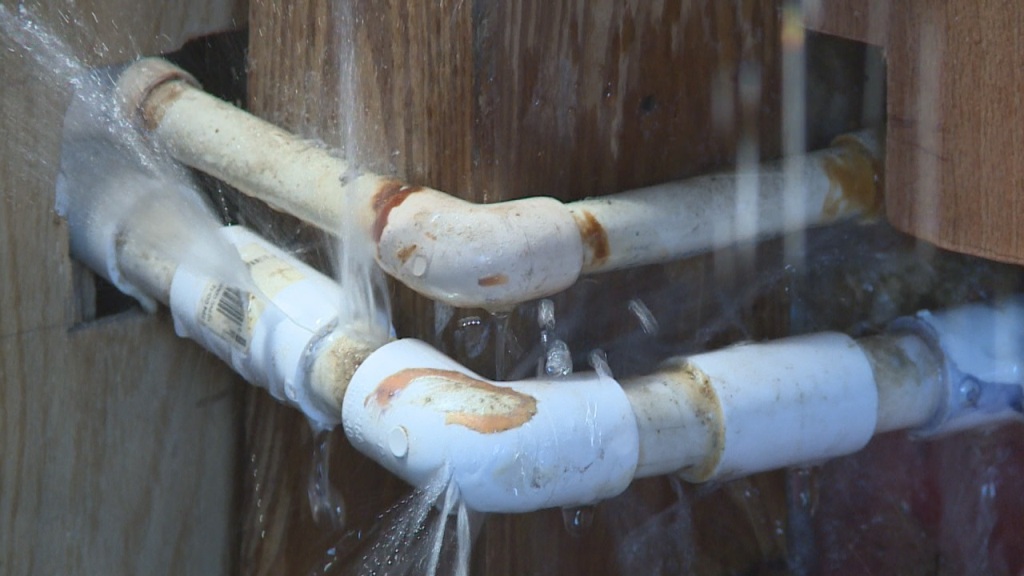
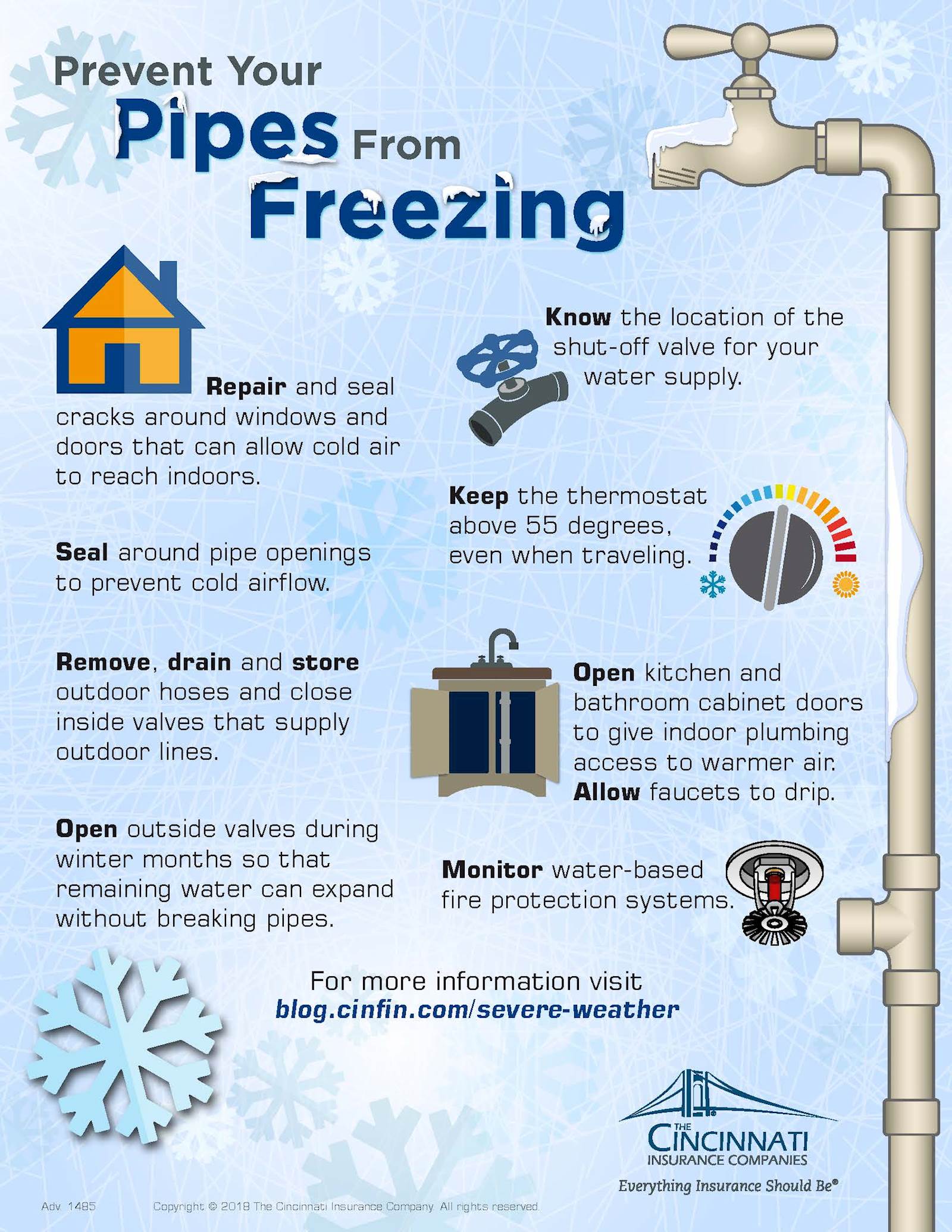


:max_bytes(150000):strip_icc()/how-to-tell-if-your-pipes-are-frozen-2124985-v3-5b476dd246e0fb005b2575e8.png)





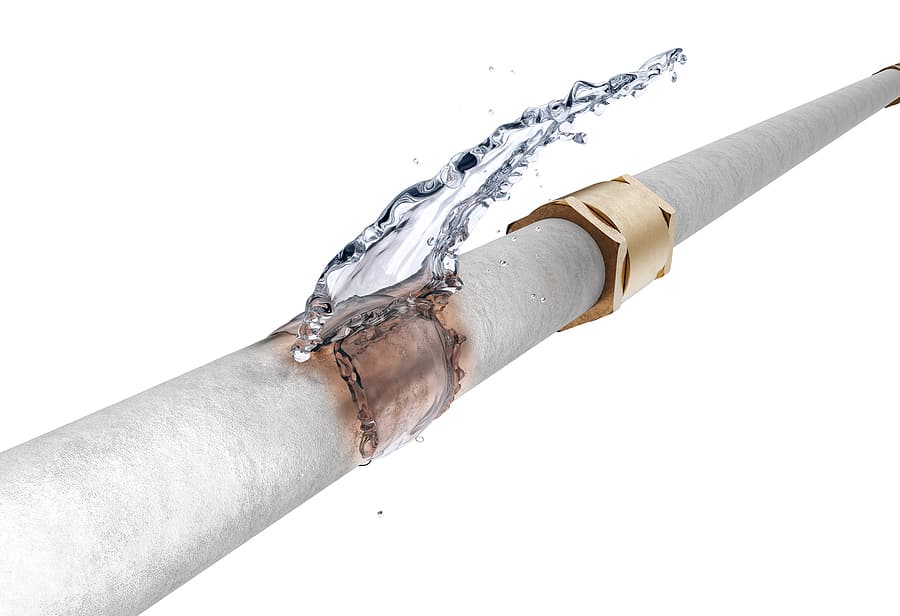


.png?width=680&height=1014&name=thawing_food (1).png)



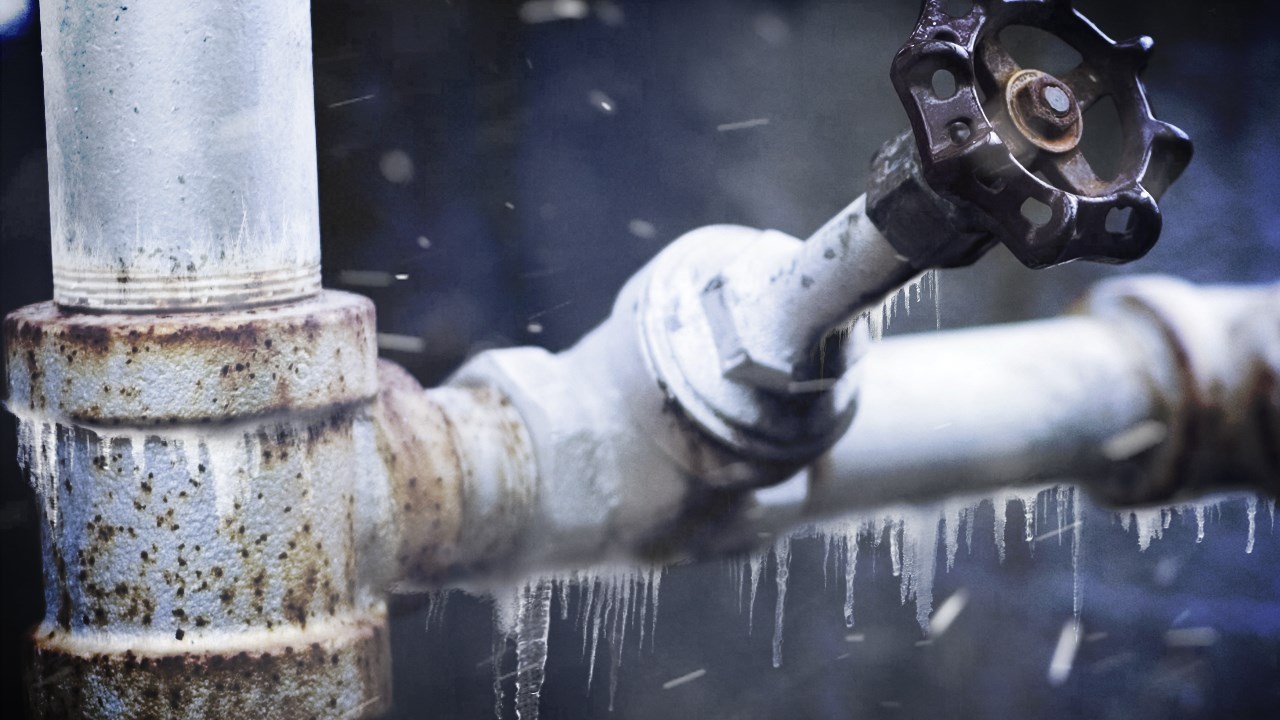





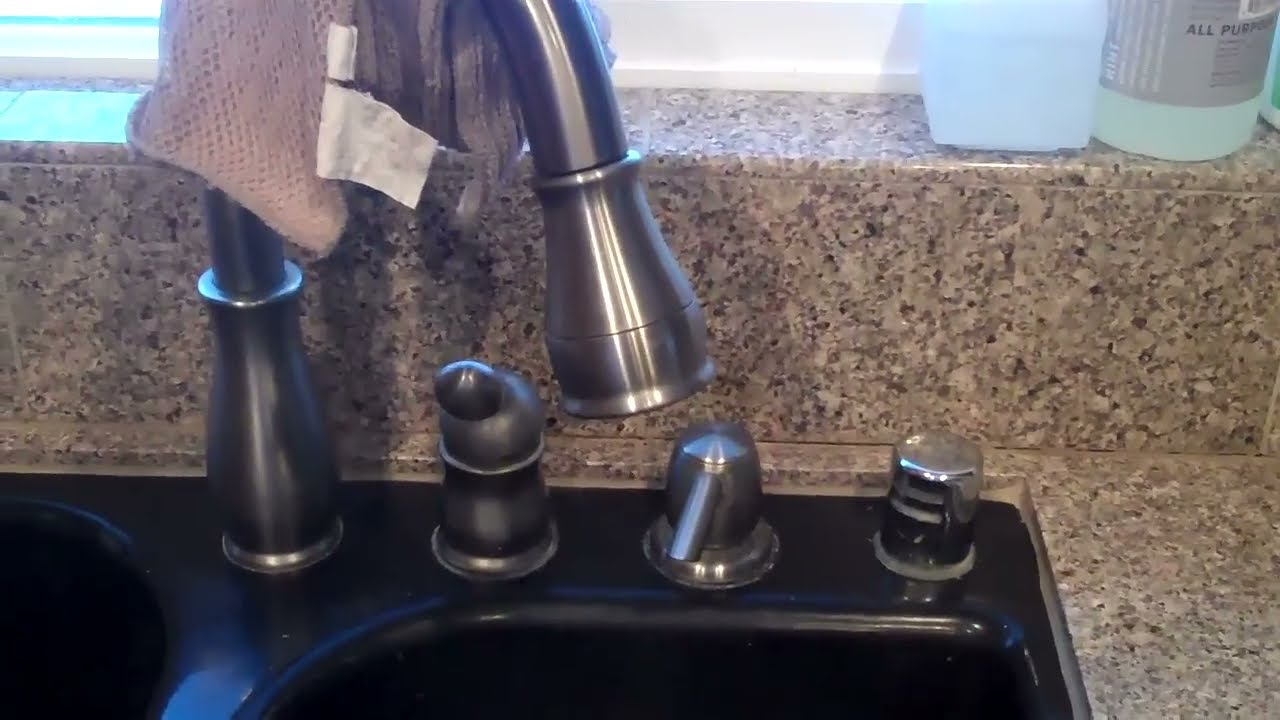


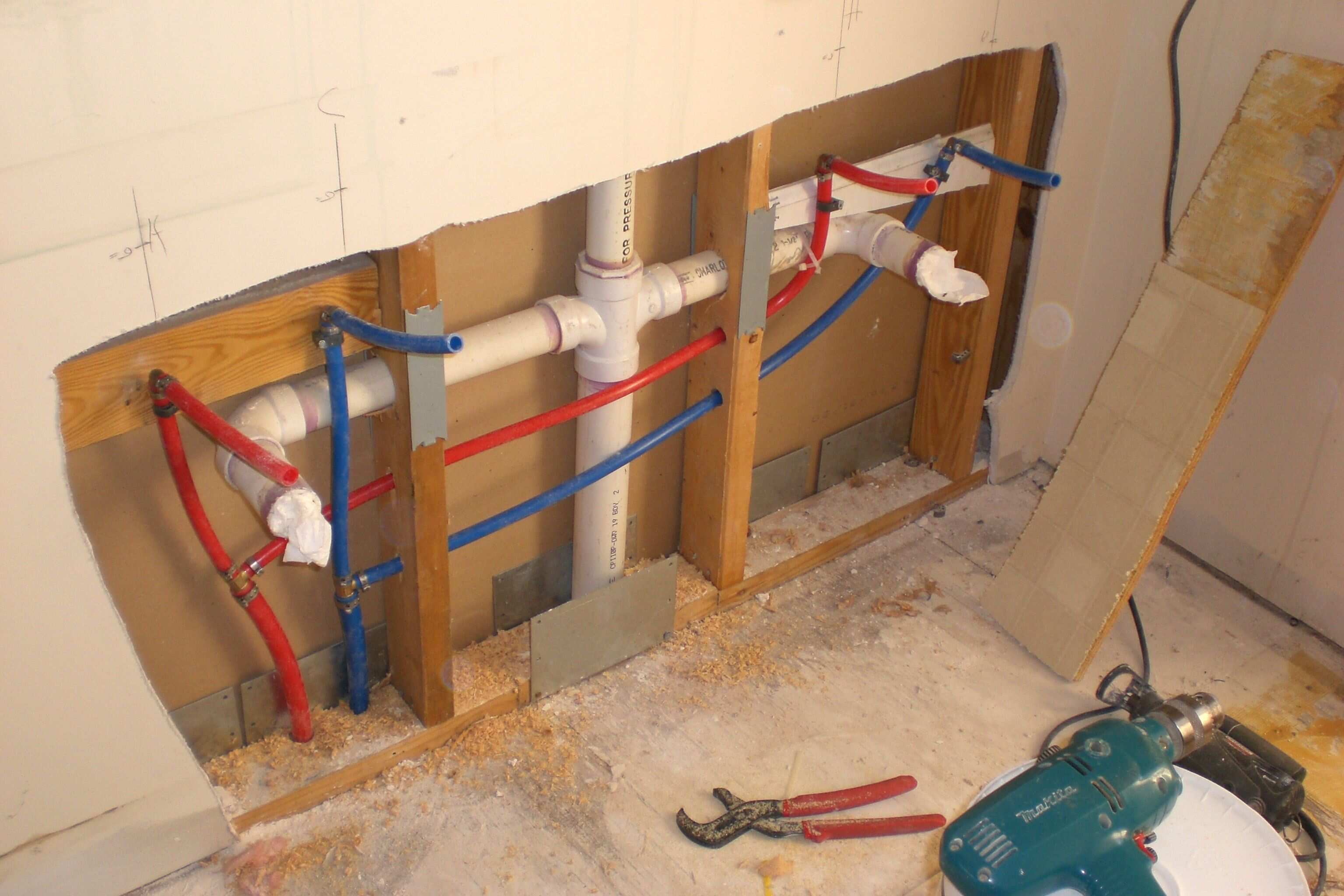





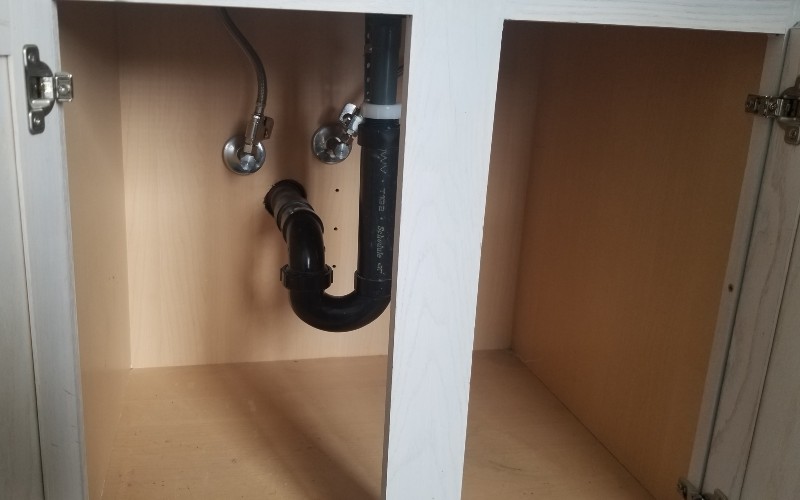





/stop-freezing-pipes-2124982-FINAL-5b88054bc9e77c0025a38d4c.png)


